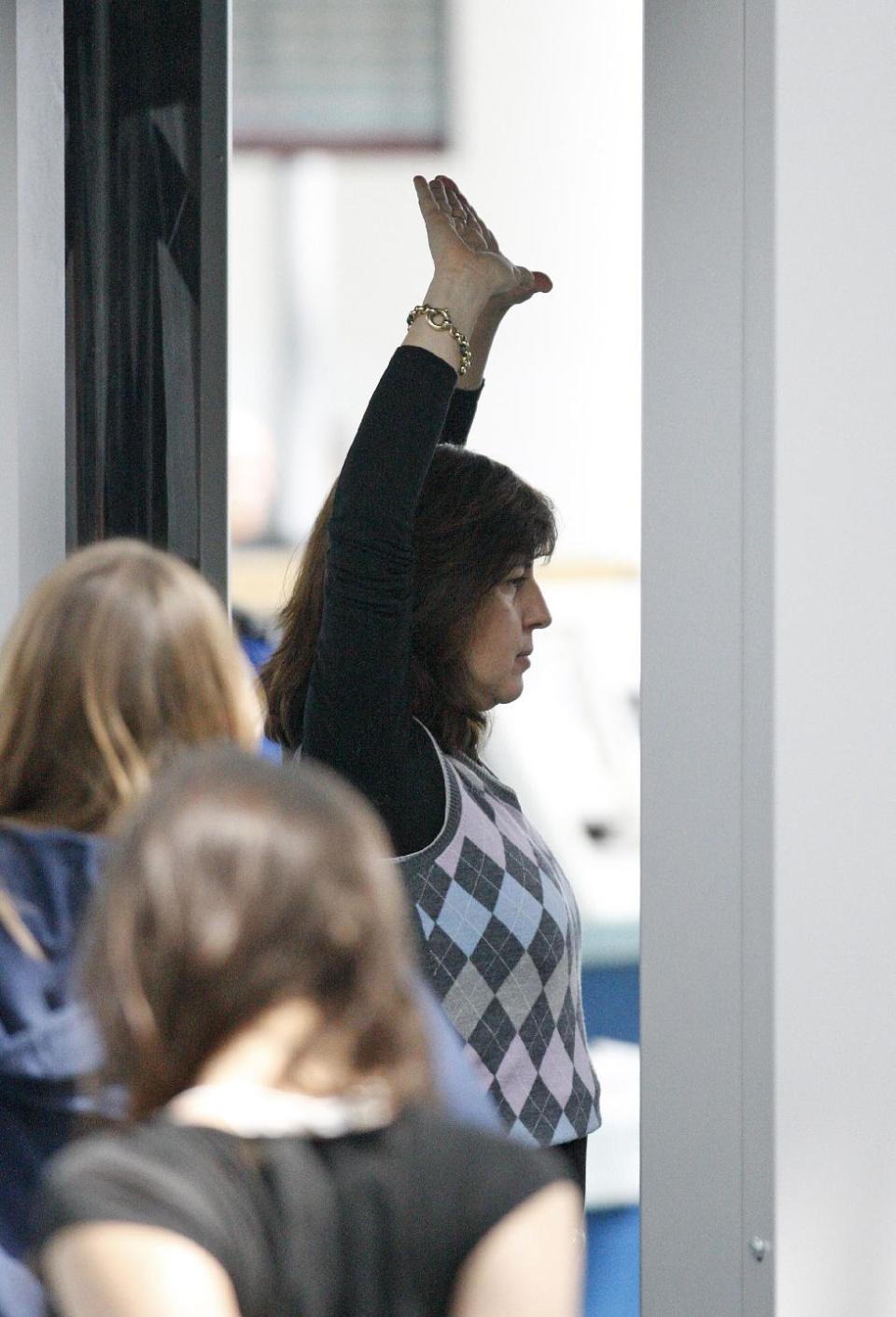Officials: Al-Qaida bomber was CIA informant
WASHINGTON (AP) — The CIA had al-Qaida fooled from the beginning.
Last month, U.S. intelligence learned that al-Qaida's Yemen branch hoped to launch a spectacular attack using a new, nearly undetectable bomb aboard an airliner bound for America, officials say.
But the man the terrorists were counting on to carry out the attack was actually working for the CIA and Saudi intelligence, U.S. and Yemeni officials told The Associated Press on Tuesday.
The dramatic sting operation thwarted the attack before it had a chance to succeed.
It was the latest misfire for al-Qaida, which has repeatedly come close to detonating a bomb aboard an airliner. For the United States it was a victory that delivered the bomb intact to U.S. intelligence.
The officials spoke to the AP on condition of anonymity because of the sensitivity of the operation. The cooperation of the would-be bomber was first reported Tuesday evening by the Los Angeles Times.
The FBI is still analyzing the explosive, which was intended to be concealed in a passenger's underwear. Officials said it was an upgrade over the bomb that failed to detonate on board an airplane over Detroit on Christmas 2009. This new bomb contained no metal and used a chemical — lead azide — that was to be a detonator in a nearly successful 2010 plot to attack cargo planes, officials said.
Security procedures at U.S. airports remained unchanged Tuesday, a reflection of both the U.S. confidence in its security systems and a recognition that the government can't realistically expect travelers to endure much more. Increased costs and delays to airlines and shipping companies could have a global economic impact, too.
"I would not expect any real changes for the traveling public," said House Intelligence Committee Chairman Mike Rogers, R-Mich. "There is a concern that overseas security doesn't match ours. That's an ongoing challenge."
While airline checks in the United States mean passing through an onerous, sometimes embarrassing series of pat-downs and body scans, procedures overseas can be a mixed bag. The U.S. cannot force other countries to permanently adopt the expensive and intrusive measures that have become common in American airports over the past decade.
The Transportation Security Administration sent advice to some international air carriers and airports about security measures that might stave off an attack from a hidden explosive. It's the same advice the U.S. has issued before, but there was a thought that it might get new attention in light of the foiled plot.
The U.S. has worked for years to try to improve security for U.S.-bound flights originating at international airports. And many countries agree that security needs to be better. But while plots such as the Christmas attack have spurred changes, some security gaps that have been closed in the U.S. remain open overseas.
Officials believe that body scanners, for instance, probably would have detected this latest attempt by al-Qaida to bring down a jetliner. Such scanners allow screeners to see objects hidden beneath a passenger's clothes.
But while scanners are in place in airports nationwide, their use is scattershot overseas. Even in security-conscious Europe, the European Union has not required full-body imaging machines for all airports, though a number of major airports in Paris, London, Frankfurt and elsewhere use them.
All passengers on U.S.-bound flights are checked against terrorist watch lists and law enforcement databases.
In some countries, U.S. officials are stationed in airports to offer advice on security matters. In some cases, though, the U.S. is limited to hoping that other countries follow the security advice from the Transportation Security Administration.
"Even if our technology is good enough to spot it, the technology is still in human hands and we are inherently fallible," said Rep. Adam Schiff, D-Calif., a member of the House Intelligence Committee. "And overseas, we have varying degrees of security depending on where the flight originates."
Al-Qaida has repeatedly tried to take advantage of those overseas gaps. The Christmas 2009 bombing originated in Amsterdam, where the bomber did not receive a full-body scan. And in 2010, terrorists smuggled bombs onto cargo jets, which receive less scrutiny than passenger planes.
In both those instances, the bombs were made by al-Qaida's master bomb maker in Yemen, Ibrahim Hassan al-Asiri. Officials believe this latest bomb was the handiwork of al-Asiri or one of his students.
In the meantime, Americans traveled Tuesday with little apparent concern.
"We were nervous — for a minute," said Nan Gartner, a retiree on her way to Italy from New York's John F. Kennedy Airport. "But then we thought, we aren't going anywhere near Yemen, so we're OK."
___
Associated Press writers Kimberly Dozier, Ted Bridis, Bob Burns, Bradley Klapper and Alan Fram in Washington, Ahmed Al-Haj in Sanaa, Yemen, Verena Dobnik in New York, Paisley Dodds in London, Matthew Lee in New Delhi and Slobodan Lekic in Brussels contributed to this report.
___
Contact the Washington investigative team at DCinvestigations(at)ap.org





